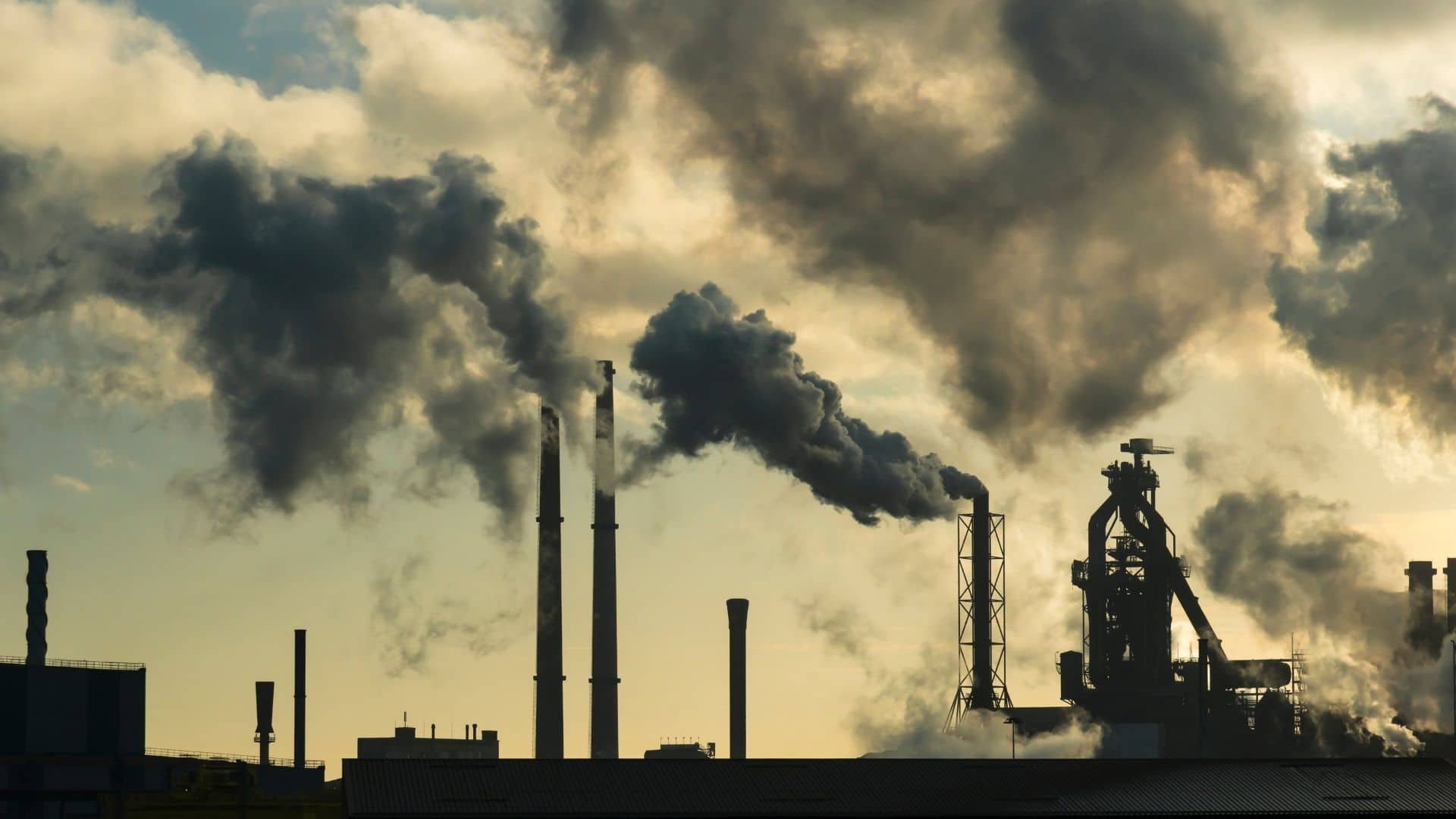Healthy Earth, Healthy You: Navigating Environmental Hazards and Health
Written by: Lauryn Perpall, MPH
In today's world, where industrialization, urbanization, and technological advancements shape our surroundings, understanding the impact of environmental factors on our well-being is more crucial than ever.
Environmental hazards encompass a wide range of threats, from air and water pollution to hazardous chemicals and climate change. These hazards can pose significant risks to human health, ranging from respiratory ailments and cardiovascular diseases to developmental disorders and cancer. Moreover, vulnerable populations, including children, the elderly, and marginalized communities, often bear the brunt of environmental injustices and inequities.
This blog will delve into the multifaceted dimensions of environmental hazards and health.
We will examine real-world, innovative solutions aimed at mitigating risks and promoting resilience.
Problem Solving Mechanisms
Public health professionals attempt to manage and alleviate these problems through heat wave warnings, air quality index alerts, water safety testing, mosquito control programs, storm warnings, and more.
Environmental health is a branch of public health that focuses on understanding how the environment impacts human health and well-being. It encompasses the study of various environmental factors, including air and water quality, food safety, hazardous substances, and the built environment.
Here are some key aspects of environmental health:
**Air Quality**
Environmental health professionals monitor air pollution levels and study the impact of pollutants such as particulate matter, ozone, carbon monoxide, and sulfur dioxide on respiratory health and cardiovascular diseases. They also work to develop policies and regulations to reduce emissions and improve air quality.
**Water Quality**
Ensuring safe drinking water is essential for public health. Environmental health experts assess water sources for contamination from pollutants, bacteria, and toxins. They also monitor recreational water bodies to prevent waterborne diseases and promote sanitation practices to minimize water-related illnesses.
**Food Safety**
Environmental health specialists oversee food production, processing, and distribution to prevent foodborne illnesses. They inspect food establishments, enforce regulations, and educate the public about safe food handling practices to reduce the risk of foodborne pathogens and chemical contaminants.
**Hazardous Substances**
Environmental health professionals assess the risks associated with exposure to hazardous substances such as pesticides, heavy metals, asbestos, and industrial chemicals. They develop strategies to mitigate exposure and protect workers and communities from the adverse health effects of these substances.
**Built Environment**
The design and quality of the built environment, including housing, workplaces, and public spaces, can impact physical and mental health. Environmental health practitioners work to create healthy and sustainable environments by addressing issues such as indoor air quality, ventilation, lead paint exposure, and access to green spaces.
**Climate Change and Health**
Climate change poses significant challenges to environmental health, leading to extreme weather events, heatwaves, rising sea levels, and changes in infectious disease patterns. Environmental health professionals study the health impacts of climate change and develop adaptation strategies to protect vulnerable populations and promote resilience.
Thanks for reading!
Overall, environmental health is essential for promoting public health and preventing disease by addressing the complex interactions between humans and their environment. Through research, surveillance, education, and policy development, environmental health professionals strive to create healthier and more sustainable communities for everyone.
Join us as we navigate the complex terrain of environmental health, empower communities with knowledge and resources, and advocate for policies and practices that safeguard our collective well-being. Together, we can create a healthier, more sustainable future for generations to come.








